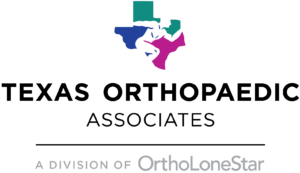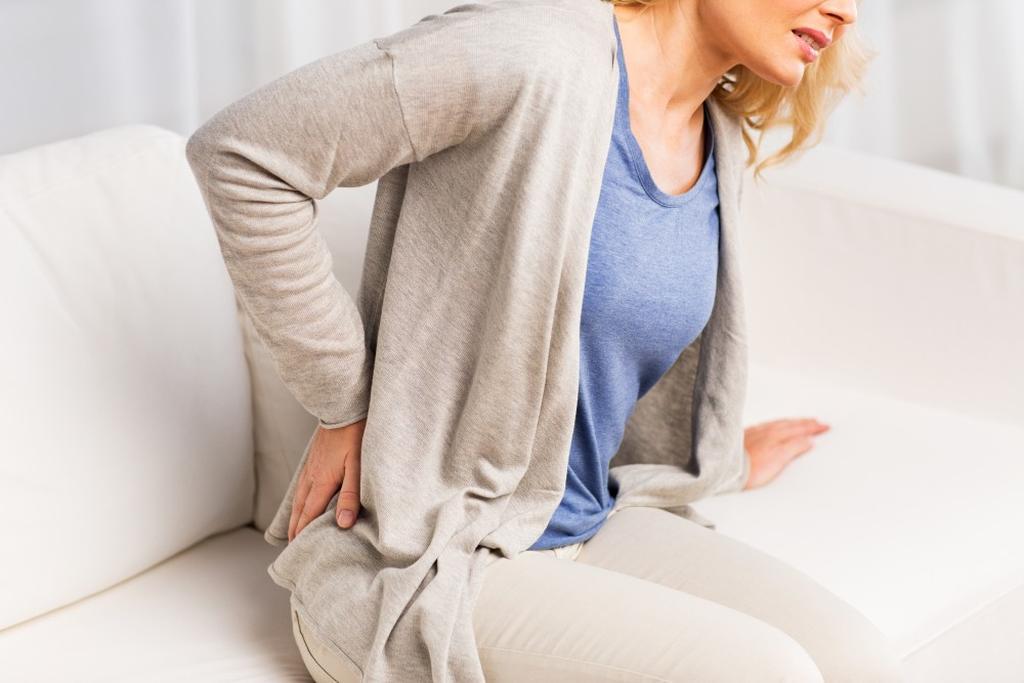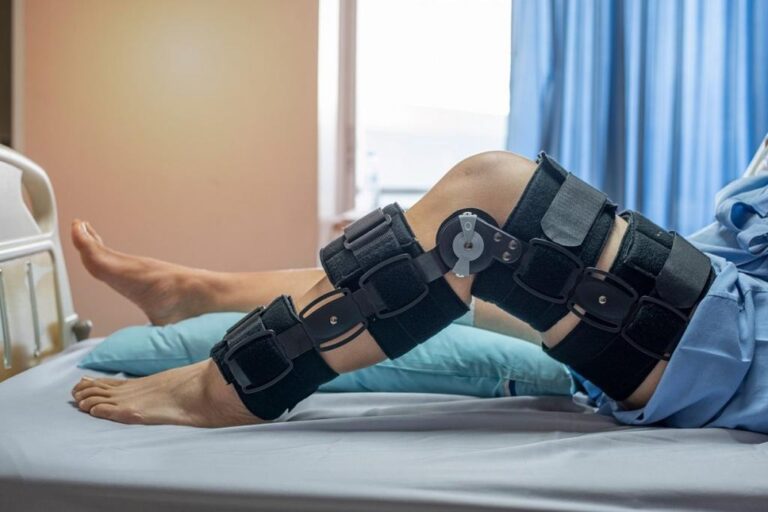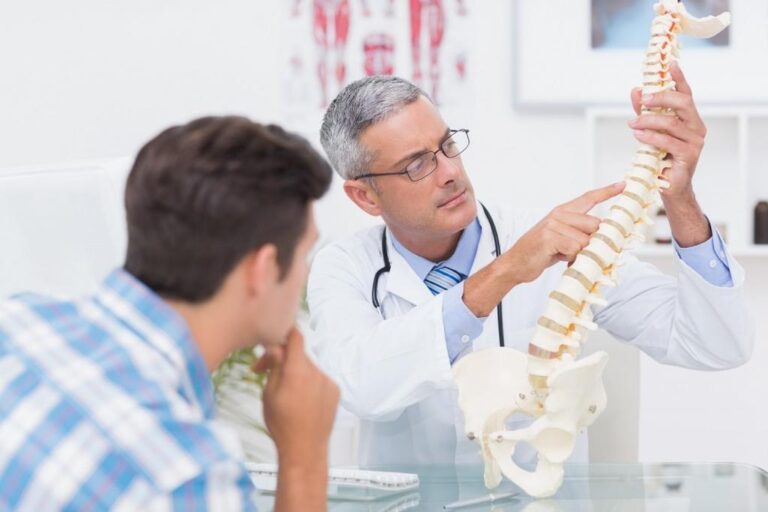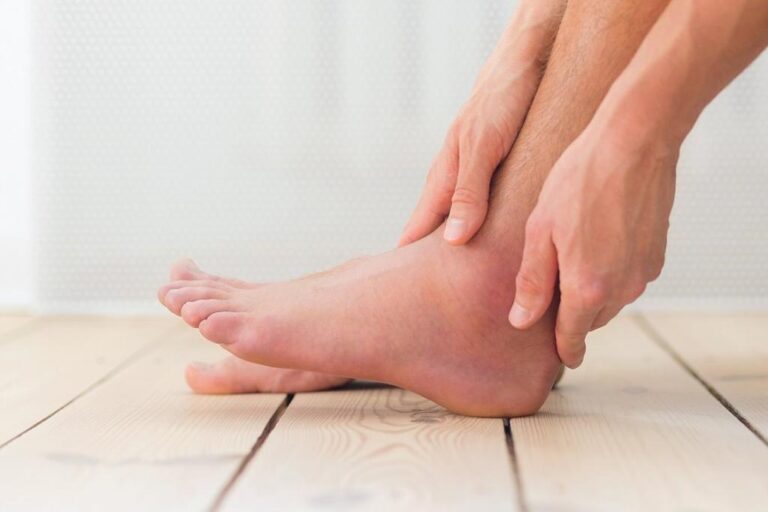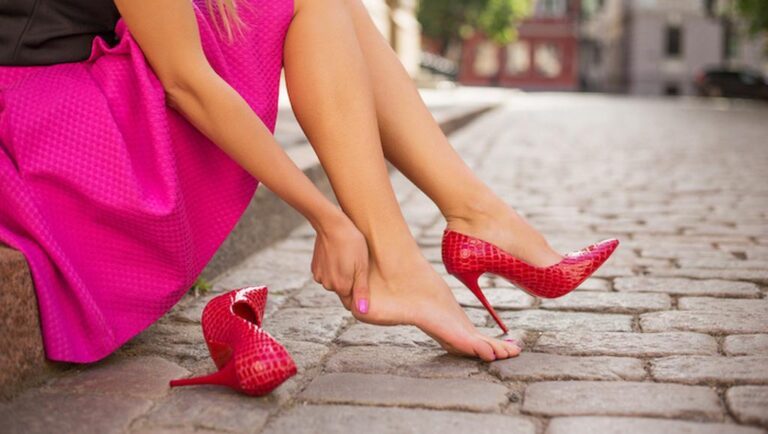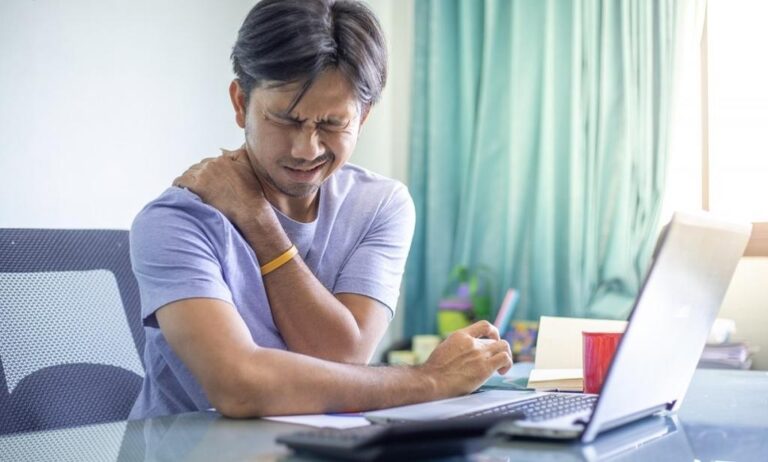Low back pain is one of the most common types of pain among both women and men. In fact, some data suggest as many as 84% of adults have low back pain at some point in their lives, while about 16 million Americans have chronic low back pain that prevents them from certain activities, which may even include working.
While some types of low back pain are associated with underlying medical problems, like arthritis or scoliosis, other symptoms are linked to our lifestyle habits that either trigger or exacerbate symptoms. In those instances, a few simple lifestyle changes could be all it takes to help you lead a more comfortable life.
With offices in Dallas, Plano, Keller, Weatherford, and Fort Worth, Texas, Texas Orthopaedic Associates focuses on patient-centered treatment for low back pain, often combining state-of-the-art medical treatments with lifestyle changes tailored to each person’s unique needs. In this post, our team reviews a few of those habits that could be fueling your pain.
Poor posture
Hunching over your phone or laptop for hours every day takes a toll on your entire spine, from your neck all the way down to your lower back. Hunching and slumping puts extra strain on your spine, and unless you break this habit early, you might wind up with a more serious problem, like nerve compression or disc issues.
If your work requires long periods of sitting, look for a lumbar support pillow to take some of the strain off your lower back, and take frequent breaks to stand up, move around, and stretch. At home, opt for a seat that supports your back, and focus on keeping your spine straight when walking or standing, too.
Choosing unhealthy foods
If you have a habit of opting for fast food or junk food, there’s a good chance you’re packing on extra pounds. Carrying around extra weight — especially in your midsection — puts extra strain on your back that can eventually lead to back pain.
What’s more, some foods may increase inflammation in your joints. That includes refined sugars, white flour, and fried foods. Instead, look for foods that can help fight inflammation, like whole grains, fresh fruits, and vegetables.
Not getting enough exercise
Being sedentary is a problem for your lower back, and so is being generally inactive. Getting plenty of exercise improves circulation and relieves tensions around your low back.
Regular exercise also helps you manage your weight and improve muscle tone in your core — the muscles that help you maintain good posture. You don’t need to join a gym, either. Walking at least a half hour each day is an achievable goal that can yield big rewards for your back and the rest of your body, too.
Wearing the wrong shoes
Most people think ill-fitting shoes only cause foot pain, but they can cause pain in your back, too. That’s because shoes that don’t fit well can throw off your balance, putting extra strain on your hips and your lower back. The same is true of high heels that shift your body’s center of gravity forward.
Always look for shoes that feel comfortable and provide adequate support, and limit your use of high heels. If you play a sport, choose shoes specifically designed for your activity to ensure your back is supported.
Find relief for your aching back
If you have low back pain, it can seem like nothing helps relieve it. But the good news is, our team can help.
We begin with a complete evaluation to pinpoint the cause of your pain, so your treatment plan can be targeted at its source. Follow-up visits ensure your plan stays on track, so you can finally enjoy some much-needed relief.
To learn more about our treatments for low back pain and how they can help you feel better, book an appointment online or by phone at Texas Orthopaedic Associates today.


